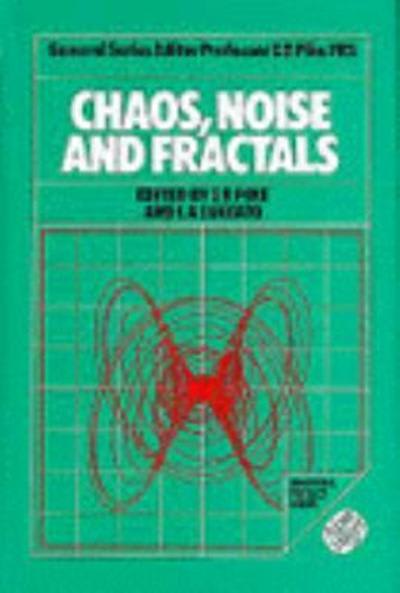Question
1) True or false: Statistically, we can not conclude that the proportions of people who do and do not feel safe walking in their neighborhood
1) True or false: Statistically, we can not conclude that the proportions of people who do and do not feel safe walking in their neighborhood at night are unequal?
-True
-False
2) Which statement appropriately characterizes the pattern of the relationship observed for the one-way designed?
Select a choice:
-There is not a significant difference in the number of people who do and do not feel safe walking in their neighborhood at night.
-There are significantly more people than expected, under the assumption of equality, who feel afraid of walking in their neighborhood at night.
-There are significantly fewer people than expected, under the assumption of equality, who feel afraid of walking in their neighborhood at night.
3) True or false: Statistically, we can not conclude that the proportions of people who do and do not feel safe walking in their neighborhood at night are dependent upon class?
-true
-false
4) Which social class had a greater proportion of people who were afraid to walk outside at night than those who were not?
-Lower
-Working
-Middle
-Upper
-None
5) How could you follow up this two way analysis?
-tests to compare means by social class
-Calculating a correlation coefficient for the two variables
-One-way ?2tests for each class separately
-You couldn't
6) Two social classes were more likely than expected to be afraid of walking outside at night in their neighborhood: working and _______
-Lower
-Upper Middle
-Upper
-Middle
-None
7) Which statement captures the nature of the observed dependency most effectively?
-People who identify as middle class are significantly more likely than expected to feel afraid walking outside in their neighborhood at night.
-People who identify as lower class are significantly less likely than expected to feel afraid walking outside in their neighborhood at night.
-People who identify as upper class are significantly less likely than expected to feel afraid walking outside in their neighborhood at night.
-People who identify as lower class are significantly more likely than expected to feel afraid walking outside in their neighborhood at night.


Step by Step Solution
There are 3 Steps involved in it
Step: 1

Get Instant Access to Expert-Tailored Solutions
See step-by-step solutions with expert insights and AI powered tools for academic success
Step: 2

Step: 3

Ace Your Homework with AI
Get the answers you need in no time with our AI-driven, step-by-step assistance
Get Started


